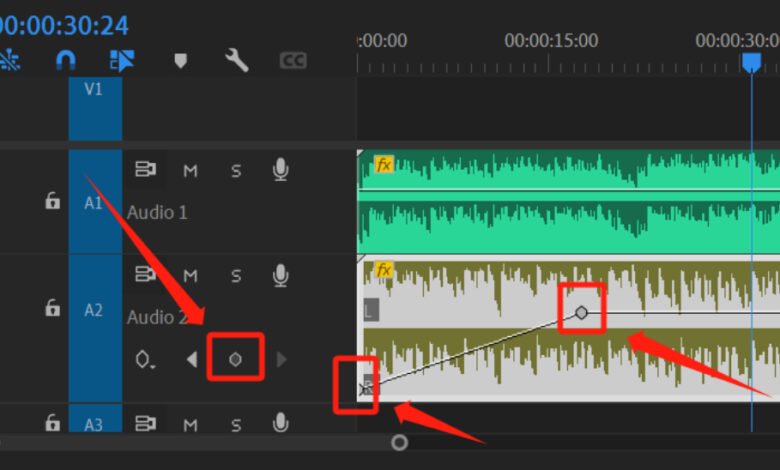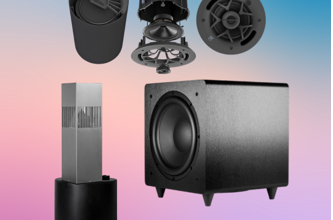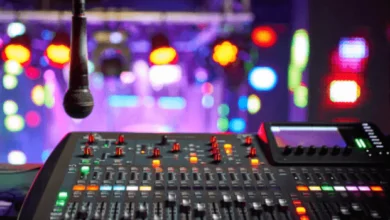How to Adjust Audio Levels in a Video Editor

Adjusting audio levels in a video editor is a crucial aspect that can significantly influence the final product’s quality. It encompasses various techniques, including organizing audio tracks, applying normalization, and utilizing dynamic range compression. Each step requires careful consideration to ensure a harmonious blend of dialogue, music, and sound effects. However, many editors overlook subtle nuances that can elevate their work. Understanding these intricacies not only enhances the viewing experience but also distinguishes a professional project from an amateur one—leading to a more profound discussion on optimizing your audio strategy.
Understanding Audio Levels
In video editing, understanding audio levels is crucial for achieving a balanced and professional sound mix.
Mastering audio dynamics involves adjusting the intensity of sound elements, ensuring clarity and impact.
Implementing volume normalization helps maintain consistent levels across tracks, preventing drastic fluctuations that distract the audience.
Preparing Your Audio Tracks
Effective preparation of audio tracks is essential for achieving optimal sound quality in video editing.
Begin with audio track organization by labeling and grouping similar tracks, which streamlines the editing process.
Implement noise reduction techniques to eliminate unwanted sounds, enhancing clarity.
Properly prepared tracks lay the foundation for successful adjustments, allowing for greater freedom in the creative workflow and ensuring a polished final product.
Adjusting Audio Levels
Balancing audio levels is crucial for achieving a professional sound in your video projects.
Utilize audio normalization techniques to ensure consistent volume across tracks.
Implement dynamic range compression to control peaks and valleys in audio, enhancing clarity and impact.
Adjust levels meticulously, focusing on dialogue, music, and effects to create an immersive experience, ensuring all elements coexist harmoniously in your final product.
Exporting Your Final Video
Exporting your final video marks a crucial step in the post-production process, as it determines the quality and compatibility of your project across various platforms. Adding an AI voiceover can further enhance the video’s appeal and accessibility.
Ensure you select appropriate audio export settings to maintain optimal sound fidelity. Consider factors like bit rate and sample rate to enhance final video quality.
Review formats that best suit your intended distribution channels for maximum accessibility.
Conclusion
In conclusion, mastering audio levels in a video editor is crucial for creating a polished final product. By organizing tracks, normalizing audio, and employing dynamic range compression, one can achieve a harmonious sound mix. Balancing dialogue, music, and sound effects ensures an engaging auditory experience. Ultimately, attention to detail transforms a rough cut into a seamless masterpiece, allowing the audio to sing in perfect harmony with the visuals.





